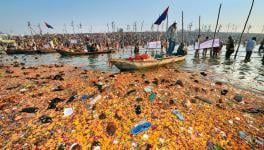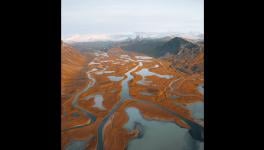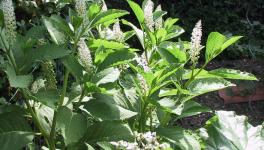How Species Manage to Thrive in Polluted Ecosystems
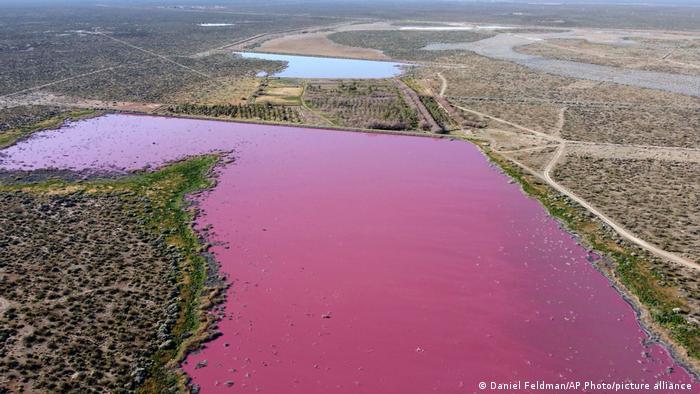
Industrial pollution of a lagoon in Argentina: A small number of animals can thrive under unlikely conditions like this.
In a world where human-made pollution in the form of smog, industrial sewage, fertilizer runoff, dense blankets of ocean plastic and much more besides pervades the planet, many animal and plant species are up against it.
But there are some species that have found ways to live with, and indeed adapt to the pollution that has come to characterize their once clean surroundings.
Plastic-eating microbes adapt to pollution
A team of researchers from Chalmers University of Technology in Gothenburg, Sweden, made a surprising discovery last year, when they found that microbes living in oceans and soils worldwide can evolve to eat plastic — especially if they live in ecosystems with a high level of plastic pollution.
In analyzing microbial DNA samples collected in hundreds of locations across the globe, the researchers found over 30,000 different enzymes that could degrade 10 kinds of plastic.
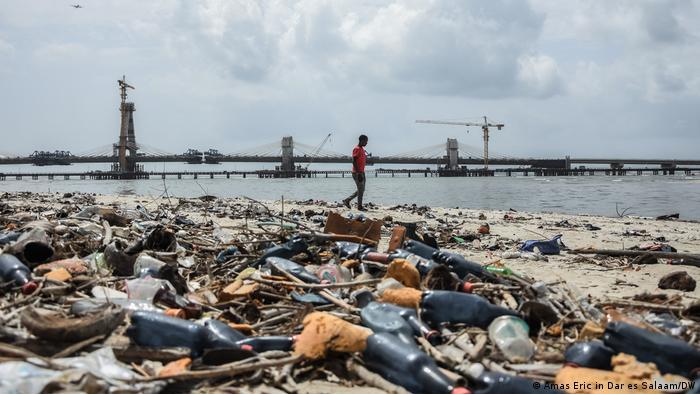
A lot of our plastic ends up in the oceans and washed up on beaches
While some of these enzymes had already been identified in bacteria living in rubbish dumps, the vast majority were unknown. Even more impressive was the finding that the amount and type of enzymes discovered in the samples matched the volume and type of plastic pollution in the locations they were taken from.
The microbial DNA collected in oceans, for example, showed more plastic-degrading enzymes at deeper sea levels where the degree of plastic pollution is generally higher. According to the study, this suggests "that the earth's microbiome might already be adapting to current global plastic pollution trends." With millions of tons of the stuff being dumped in the environment every year, the microorganisms apparently face "sufficiently strong selective pressures" to develop those plastic-digesting enzymes.
Adapting to early industrial pollution: A moth turns black
Last year's findings are not the first to show species adapting to environmental pollution.
In the mid-1800s, a decade before Darwin's evolutionary theory was published, residents in increasingly industrial English cities like London and Manchester observed an unexpected color change in the peppered moth.
The insect had been characterized by its mottled white body and wings — a pattern used to camouflage the nocturnal animal during daylight hours when it would rest on tree trunks and walls. But as industrialization and resulting air pollution intensified, a genetic mutation that produced an entirely black version of the peppered moth began to spread within the species.
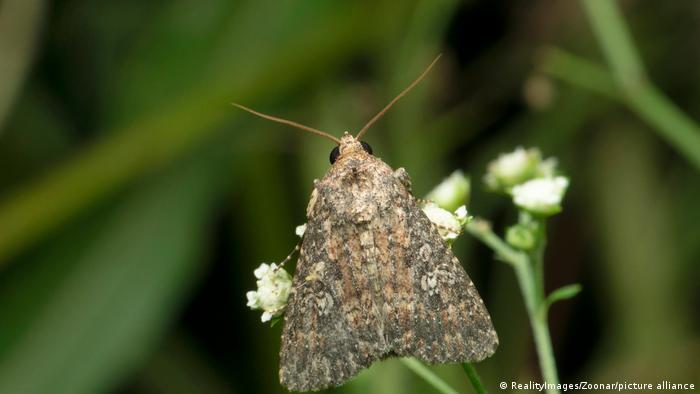
The distinctive pattern of a peppered moth — one which did not evolve to be black
Known as "carbonaria," these moths were able to hide from hungry birds more easily in the blackened industrial landscapes.
While the white peppered moth remained the common form in the countryside, the carbonaria moth had become the dominant variant in the Manchester region by 1900.
Fish in toxic waters
Genetically adapting to highly polluted habitats can clearly be an evolutionary advantage. But evolving the ability to exist in a polluted environment often comes at a cost. While certain changes in the genome may help a species withstand a specific pollutant, they can make the species more vulnerable to other environmental stressors.
This is the case for the killifish – a small, silvery fish found thriving in toxic waters along the northern Gulf of Mexico and North America's Atlantic coast.
High concentrations of heavy metals, dangerous chemicals released from industrial waste and residuals from the production of herbicides like the infamous Agent Orange have turned these waters deadly for vertebrates. The polluting substances can disrupt embryo development, causing deformations and heart defects or preventing them from hatching at all.
Although killifish are generally sensitive to brackish water, a study on the Atlantic killifish led by Andrew Whitehead from the University of California Davis suggests that "even at the most contaminated of these sites, where killifish are not expected to persist, they appear to thrive."
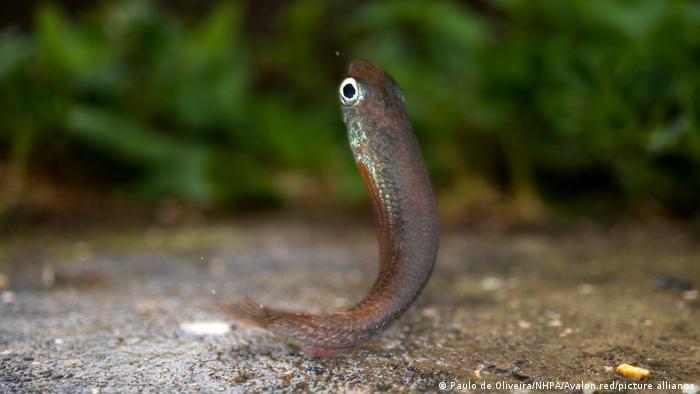
Some killifish species have got used to living in highly polluted waters
The populations living in the contaminated areas along the Atlantic and the Gulf coasts carry a genetic variation that makes them resistant to the disastrous effects of the toxic chemicals. Thanks to their genome the fish can withstand a chemical pollutant concentration that is thousands of times higher than the normally deadly dose.
While this genetic change has made the killifish more resistant to toxins, it has also reduced the species' tolerance to low oxygen levels. That's a problem as oxygen levels in the sea vary, and as global temperatures rise, ocean oxygen is expected to decline drastically. Once water has been cleaned of pollutants, the adapted fish may have greater difficult surviving than those without the variation.
Few species able to adapt
Most animal and plant populations will not be able to adapt genetically to their polluted surroundings at all. It has only worked for a few out of millions of species.
What allowed the microbes, moths and killifish to adapt to high pollution levels is a rapid reproduction rate as well as incredibly large population sizes — the killifish, for example, is the most populous animal species with a backbone in many urban estuaries.
A species with a large population is much more likely to develop genetic mutations that happen to increase resistance to environmental stressors. But most species under threat from toxins do not have the population size to develop adequate mutations. Cleaning up polluted sites and avoiding pollution in the first place is the only way to save them.
Edited by: Tamsin Walker
Get the latest reports & analysis with people's perspective on Protests, movements & deep analytical videos, discussions of the current affairs in your Telegram app. Subscribe to NewsClick's Telegram channel & get Real-Time updates on stories, as they get published on our website.












